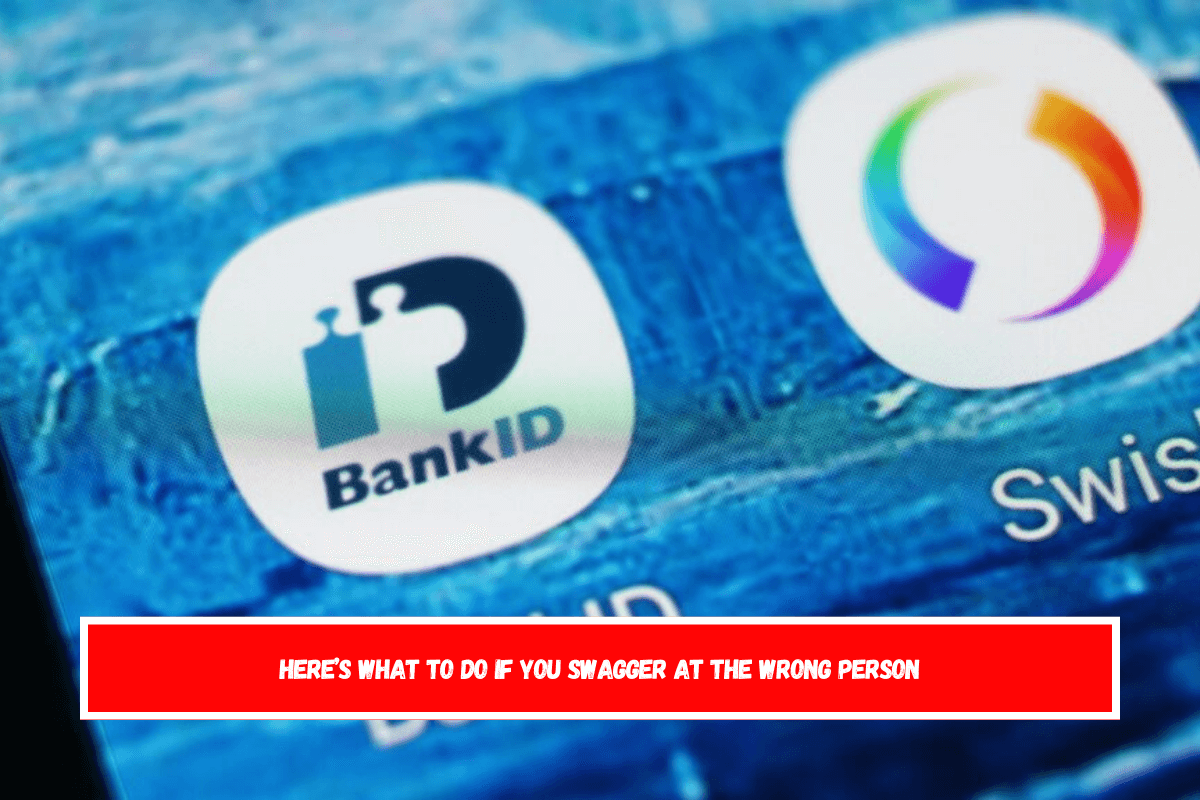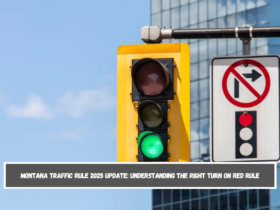You must be the type of person who asks for money and then says, “Send it to me,” right? Sending money has never been easier than it is now, thanks to apps like the popular Swish. All it takes is a few taps on your phone.
The money gets to the right person, and payment is made! But this ease of use comes with the risk of mistakes! Did you ever send money to the wrong person? Even though it is a small and silly mistake, it can lead to your money ending up in the account of a stranger.
It may seem impossible to get it back, but we will show you step-by-step how to do it so you do not stress and can get your money back as soon as possible!
Step 1: Talk to the recipient
For starters, do not worry if you sent money to the wrong person; we are all born clumsy. Second, you need to act quickly. Once you understand you have done something wrong, try to talk to that person directly. The chances are good that they will see what went wrong and give you your money back right away.
How do I talk to the person? To be polite, you should tell them how much money was sent, when the transaction took place, and how you messed up. This may help you:
“Hello, my name is [name].” I sent [amount] to your account by mistake on [date]. Could you help me give it back? Please understand; I would really appreciate it.
Step 2: Contact your bank
The recipient may not respond (or may not want to return the money), so the next step after that is to contact the bank. Banks usually have protocols in place to handle these situations and can help you track the transaction, but only with the recipient’s consent can they reverse the transfer. But if you don’t cooperate, the bank is limited by law and won’t be able to act without your authorization.
You’ll need the following documentation before contacting your bank: proof of the transaction and recipient’s phone number.
Step Three: File a Complaint in Writing
If you can not solve the problem directly, you could send a formal complaint to the other person. This document should have specifics like the amount and date of the transfer, as well as a fair due date for returning the money.
Doing this will show the person who owes you money that you are serious about getting it back, which may encourage them to help you without going too far. You should keep a copy of the document in case you need to use it in court.
Last step: turn to the authorities
In case none of the above has helped you recover your money, you can turn to the authorities and request a payment order. This step involves the agency formally notifying the recipient of the debt and giving them a chance to respond.
While this step can be effective, it also involves additional costs and time, so only request this if the amounts are large and it is worth spending money to recover them.
Don’t judge yourself if you’ve made a mistake, it’s happened to almost all of us. The important thing is that you don’t lose your cool and act quickly and politely, normally the recipients understand that the money is not theirs and that they must return it.
But, do check the next time you make a transfer that all the details are correct! The important thing is to recover the money and learn from the mistake!











Leave a Reply